
Accelerated photoinduced kinetics of electric impedance shifting under UV irradiation.
- Categories:

Accelerated photoinduced kinetics of electric impedance shifting under UV irradiation.

Oscillations of plant leaf resistance / impedance (10x time-lapse registration).

Kinetic registration of plant leaf resistance (10x).


This dataset includes information on measured points used to obtain the exposed results in article named "ARIMA Modelling as an Alternative to the Least Squares Method: An Application for Electric Field Propagation"
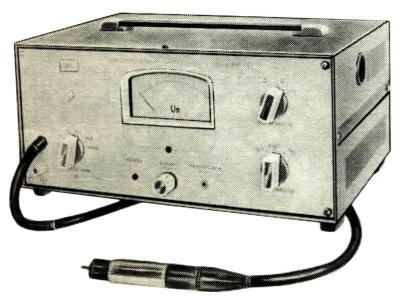
Pulse millivoltmeter is designed to measure the amplitude of a sequence of rectangular video pulses of positive and negative polarities, amplitudes of radio rectangular and sinusoidal voltages. It can be used for linear transformation of the amplitude of the periodic pulses of DC voltage.
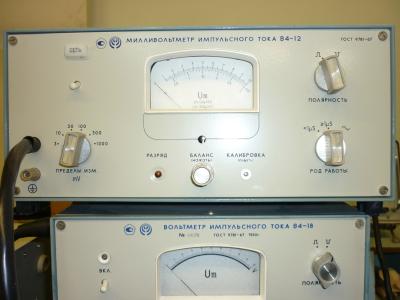
Pulse millivoltmeter is designed to measure the amplitude of a sequence of rectangular video pulses of positive and negative polarities, amplitudes of radio rectangular and sinusoidal voltages. It can be used for linear transformation of the amplitude of the periodic pulses of DC voltage.
Videosupplement for the reports [Gradov et al., 2010; Adamovich et al., 2014]. For exaple, see (in open access) article Adamovich E.D. [NON-STANDARD EQUIPMENT FOR NEW BIOACUSTIC METROLOGY] // Biomedical Engineering and Electronics]. - 2017. - Issue 1. - DOI: 10.6084/m9.figshare.4879859 [in Russian] {URL: http://biofbe.esrae.ru/pdf/2017/1/1090.pdf} .
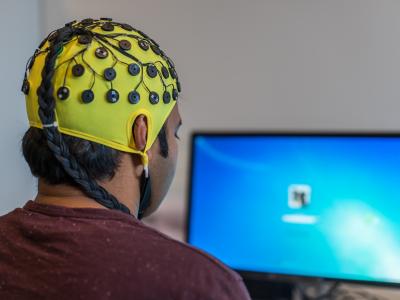
Spectroreflectometric techniques for dactiloscopy and optical nail diagnostics are proposed and aproved on "DATACOLOR 3890"-based measuring system.

Printed cirquit boards with charge coupled devices for on-chip lensless microscopes may be tested not in wetherometers and under solar simulators, but also under the experimental spectroreflectometric setup based on DATACOLOR 3890 with microphotometric and RS232-port-assisted data transfer into the PC memory.

It is possible to construct "aerosol cytometers" based on different types of Zhulanov's laser aerosol counters | diffusion aerosol spectrometers (DAS) [1-8] and "hydrosol cytometers" based on hydrosol particle counters (adopted for ocean marine, ocean and hydrothermal conditions [9,10]).

Used process models in the study.
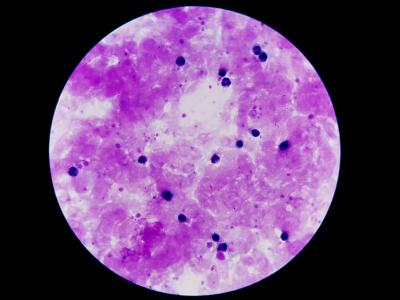
We photographed Giemsa-stained thick blood smear slides from 150 P. falciparum infected patients at Chittagong Medical College Hospital, Bangladesh, using a smartphone camera for the different microscopic field of views. Images are captured with 100x magnification in RGB color space with a 3024×4032 pixel resolution. An expert slide reader manually annotated each image at the Mahidol-Oxford Tropical Medicine Research Unit (MORU), Bangkok, Thailand. We de-identified all images andtheir annotations, and archived them at the National Library of Medicine (IRB#12972).

The data is a truth table of a 21-variable 1-resilient Boolean function with nonlinearity 1047680. You may also see the truth table at
http://web.xidian.edu.cn/wgzhang/files/20180821_093235.txt
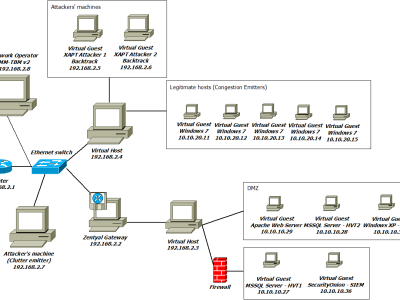
These datasets were generated in a computer network environment where eXfiltration Advanced Persistent Threats were launched against a number of high-value targets.
It is the alert log of the Security Onion SIEM which aggregates alerts from network and host-based intrusion detection systems that are securing the network environment.

Abstract

This dataset contains heavy-machinery data from the Brazilian industrial sector. The data was collected in a poultry feed factory located in the state of Minas Gerais, Brazil. Its process can be summarized to creating pellets of ration for poultry from corn or soybeans and added nutrients. The factory produces at fullscale over the entire year, thus it has well-behaved usage patterns at any time. It operates from Mondays through Fridays (and occasionally on Saturdays, in case production is below the monthly target) on a daily three-turn shift from 10:00 PM to 05:00 PM.


Archival bundle of District Information System for Education (DISE) Delhi primary to upper-primary level schools in academic session 2012-2013. DISE is a school-level dataset consisting of government-recognized schools. It is a joint initiative of the Government of India, UNICEF and the National University of Education and Planning (NUPEA).
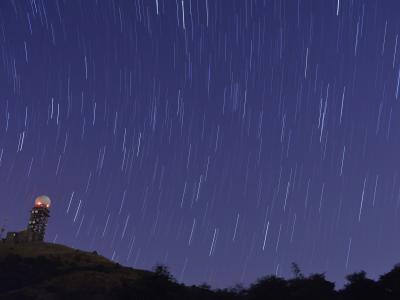
After a hurricane, damage assessment is critical to emergency managers and first responders so that resources can be planned and allocated appropriately. One way to gauge the damage extent is to detect and quantify the number of damaged buildings, which is traditionally done through driving around the affected area. This process can be labor intensive and time-consuming. In this paper, utilizing the availability and readiness of satellite imagery, we propose to improve the efficiency and accuracy of damage detection via image classification algorithms.
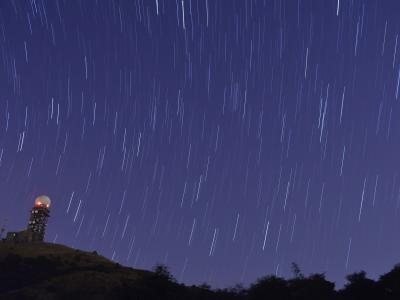
Emergency managers of today grapple with post-hurricane damage assessment that is often labor-intensive, slow,costly, and error-prone. As an important first step towards addressing the challenge, this paper presents the development of benchmark datasets to enable the automatic detection ofdamaged buildings from post-hurricane remote sens

This work quantifies water contamination in jet fuel (Jet A-1), using silica-based Bragg gratings. The optical sensor geometry exposes the evanescent optical field of a guided mode to enable refractometery. Quantitative analysis is made in addition to the observation of spectral features consistent with emulsification of water droplets and Stokes’ settling. Measurements are observed for cooling and heating cycles between ranges of 22oC and -60oC. The maximum spectral sensitivity for water contamination was 2.4 pm/ppm-v with a resolution of < 5 ppm-v.

This work quantifies water contamination in jet fuel (Jet A-1), using silica-based Bragg gratings. The optical sensor geometry exposes the evanescent optical field of a guided mode to enable refractometery. Quantitative analysis is made in addition to the observation of spectral features consistent with emulsification of water droplets and Stokes’ settling. Measurements are observed for cooling and heating cycles between ranges of 22oC and -60oC. The maximum spectral sensitivity for water contamination was 2.4 pm/ppm-v with a resolution of < 5 ppm-v.

With the advent of Wireless Sensor Networks, the ability to predict nutrient-rich discharges, using on-node prediction models, offers huge potential for enabling real-time water reuse and management within an agriculturally-dominated catchment Existing discharge models use multiple parameters and large historical data which are difficult to extract and this, coupled with constraints on network nodes (battery life, computing power, sensor availability etc.) makes it necessary to develop low-dimensional models.